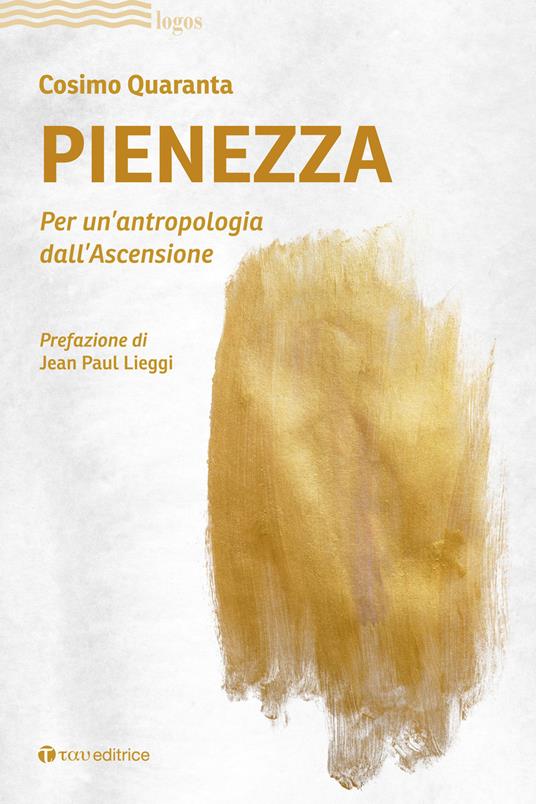Invitation to read the volume by Don Cosimo Quaranta entitled “Fullness. For an anthropology from the Ascension “(TAU publisher)
by Célestin Kabundi*
What does affirming that the Lord dwells in heaven, looks at humanity from heaven and at Christmas “from the stars” what does it really mean? It is a richness of language to be able to use expressions that refer to further meanings of meaning, as in the case of the “place” in which the divine dwells. Scripture affirms that “the Lord is God in heaven above and on earth below” (Dt 4.39) and teaches us to pray asking that his will be done “on earth as it is in heaven” (Mt 6:10). God dwells in heaven, that is, in his mystery, but he is equally alive in the heart of those who welcome him. The problem arises when by “sky” we mean a fixed astronomical place, beyond the symbolic value of pre-modern language. If the Lord is in heaven, then why was he not met beyond the atmosphere?
The mystery of the Ascension is ideal for trying to find an answer to these questions. In these pages the investigation is conducted on three levels: historical-literary, biblical-exegetical, anthropological-spiritual. The vertical direction of the ascent to heaven of the Risen One has the same trajectory as the desires of happiness and fullness of the human heart and for the author it is fundamental “to heal that divorce between spirituality and theology which, unfortunately, has marked the history of reflection for a long time believer in the Church ”(from the preface by Jean Paul Lieggi).
The advantage of the search for “Fullness” is to clarify the value of the terms we often use in religious symbolic language; language that must remain both symbolic and religious, without thereby becoming unreal. In fact, the author explains that pronouncing the words “God” and “heaven” in the same sentence means recognizing that “heaven” participates in the verifiability of “God”, as for the common experience of man “heaven” it is a daily reality, concrete and visible, but at the same time high, distant and unavailable to manual modification (pp. 125-136). However, verifiability is not separation from the human affair. Indeed, this is the experience of the disciples in their encounters with the Risen One. Though ascended – hence permanently separated from relationships as they were experienced before his death – they are in joy. The awareness of the Ascension has therefore delivered a certainty capable of consoling: he is “in heaven”, but also “with them” (second chapter). Interesting and noteworthy is the third chapter. In it the author shows how heaven and earth mix in the concrete life of the believing man and woman. To do this, theological research is enriched by the experience of Clare of Assisi and Ignatius of Loyola, showing how the sky is the symbol of the tension of human life towards “fullness”.
The clarity of the language, the fluency in reading and the direct involvement of the reader help – even the less expert – to enter the theological and spiritual research, ensuring that each passage can be enjoyed in depth.
——
* Célestin Kabundi is a doctoral student in Theology at the University of Friborg (Switzerland).
The mystery of Christ’s Ascension as an anthropological paradigm of salvation

